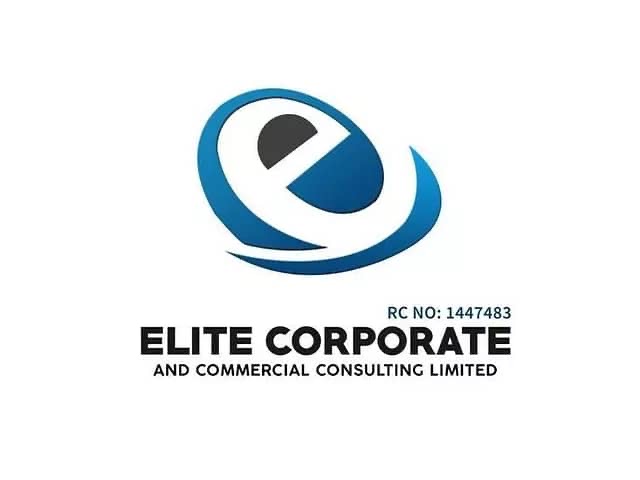
Every business, whether a startup or an established brand, needs a growth strategy to reach more customers and increase revenue. Two of the most common approaches are paid growth and organic growth. While both can be highly effective, the right choice often depends on your goals, budget, and timeline.
In this article, we’ll explore the differences between paid and organic growth, their advantages and disadvantages, and how to decide which strategy works best for your brand.
What is Paid Growth?
Paid growth refers to using paid advertising and promotional strategies to attract new customers. This includes:
- Pay-Per-Click (PPC) ads on Google or Bing
- Social media ads (Facebook, Instagram, TikTok, LinkedIn)
- Influencer marketing campaigns
- Sponsored content and display ads
Paid growth is essentially buying visibility. It allows brands to reach a wider audience quickly and measure results with precision.
Pros of Paid Growth
- Immediate Results – Ads drive traffic and conversions almost instantly.
- Scalable – You can increase ad spend to grow reach rapidly.
- Highly Targeted – Platforms offer advanced targeting options by demographics, interests, and behaviors.
- Data-Driven – Clear metrics make it easier to track ROI.
Cons of Paid Growth
- Costly – Continuous spending is required to maintain results.
- Ad Fatigue – Audiences may ignore repetitive ads over time.
- Dependency Risk – Growth stops when ad spend stops.
What is Organic Growth?
Organic growth refers to attracting customers naturally without paid ads. It’s fueled by content marketing, SEO, social media engagement, referrals, and customer loyalty.
Examples include:
- Publishing blog posts optimized for search engines
- Building a social media following through engaging content
- Email marketing with valuable insights
- Word-of-mouth and customer referrals
Organic growth focuses on long-term brand building and sustainable traffic.
Pros of Organic Growth
- Cost-Effective – Requires time and effort, but no ongoing ad spend.
- Trust-Building – Organic visibility often feels more authentic to consumers.
- Long-Term Value – Content like blogs and videos can generate leads for years.
- Brand Authority – SEO and valuable content position your brand as an expert.
Cons of Organic Growth
- Slow Results – Takes months (sometimes years) to build momentum.
- Competitive – Ranking on search engines or growing social presence is highly competitive.
- Requires Consistency – Success demands ongoing effort in content creation and engagement.
Paid vs. Organic Growth: Which Works Better?
The truth is, neither strategy is universally better—it depends on your goals:
- If you need fast results (product launch, seasonal sales, app downloads) → Paid growth is the better option.
- If you want sustainable, long-term visibility and brand loyalty → Organic growth is more effective.
- If you want the best of both worlds → A hybrid approach works best. Use paid ads for quick wins while investing in SEO, content, and community building for long-term success.
Best Practices for Combining Paid & Organic Growth
- Use Paid Ads to Boost Organic Content – Promote blog posts, videos, or social campaigns to expand reach.
- Test Messaging with Paid Campaigns – Run ads to see which headlines or offers resonate, then use winners in organic campaigns.
- Retargeting Strategy – Drive traffic with organic efforts, then retarget warm audiences with paid ads.
- Measure Both Separately – Track ROI for each strategy to understand how they complement each other.
Final Thoughts
Paid and organic growth both play crucial roles in building a successful brand. Paid strategies deliver quick results but require continuous investment, while organic strategies build long-term trust and authority but demand patience. The most effective approach is usually a balanced mix—leveraging paid ads for immediate visibility and organic growth for sustainable success.
Disclaimer
This article is for informational and educational purposes only. It does not constitute financial, business, or marketing advice. Businesses should evaluate their goals, resources, and market conditions, and consult with qualified marketing professionals before deciding on a growth strategy.
